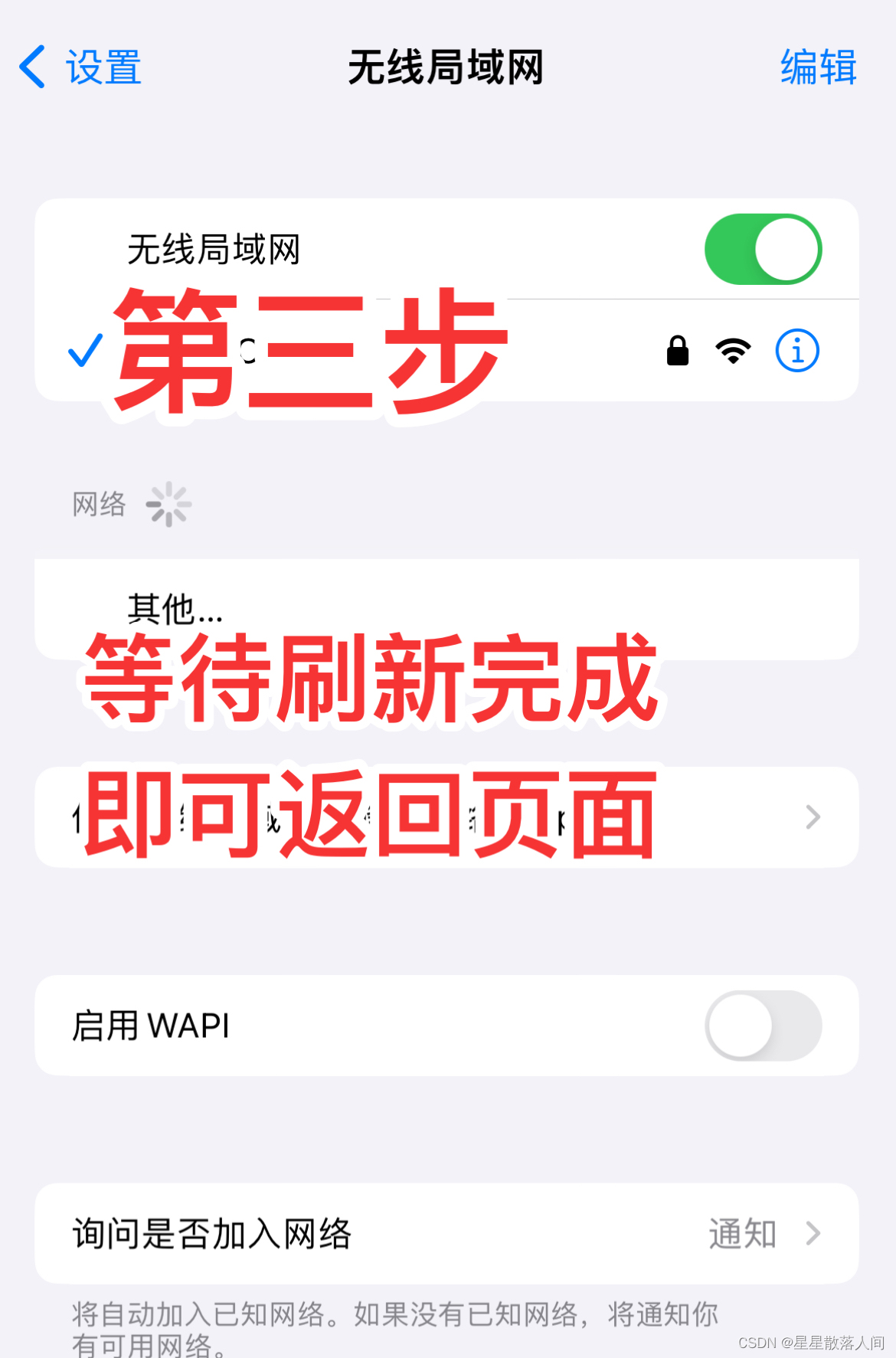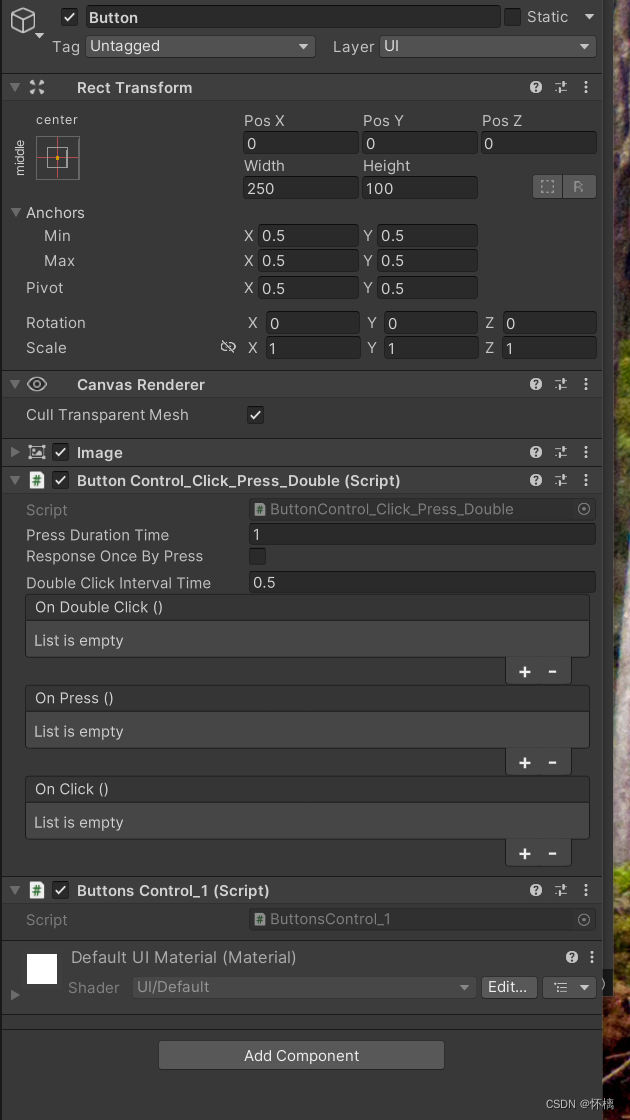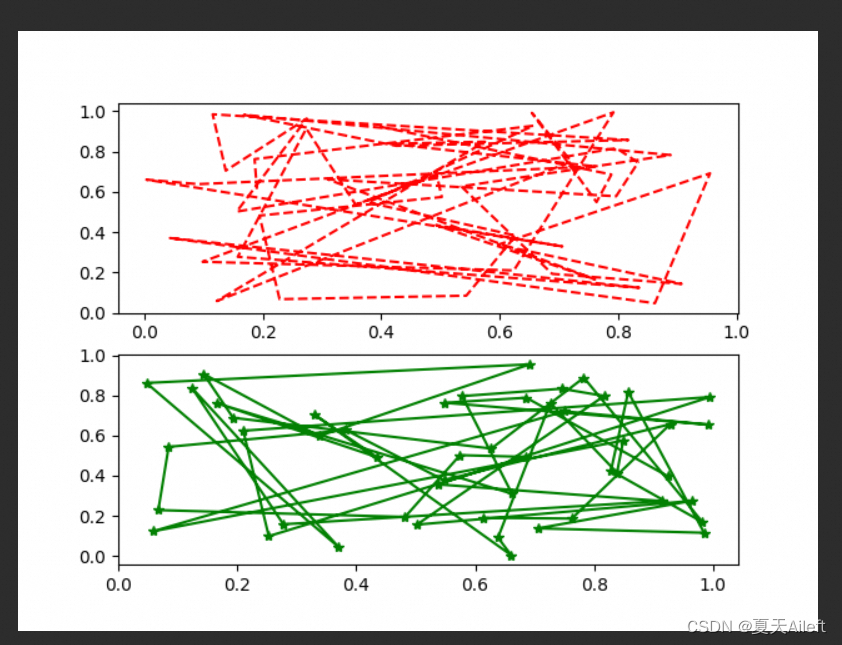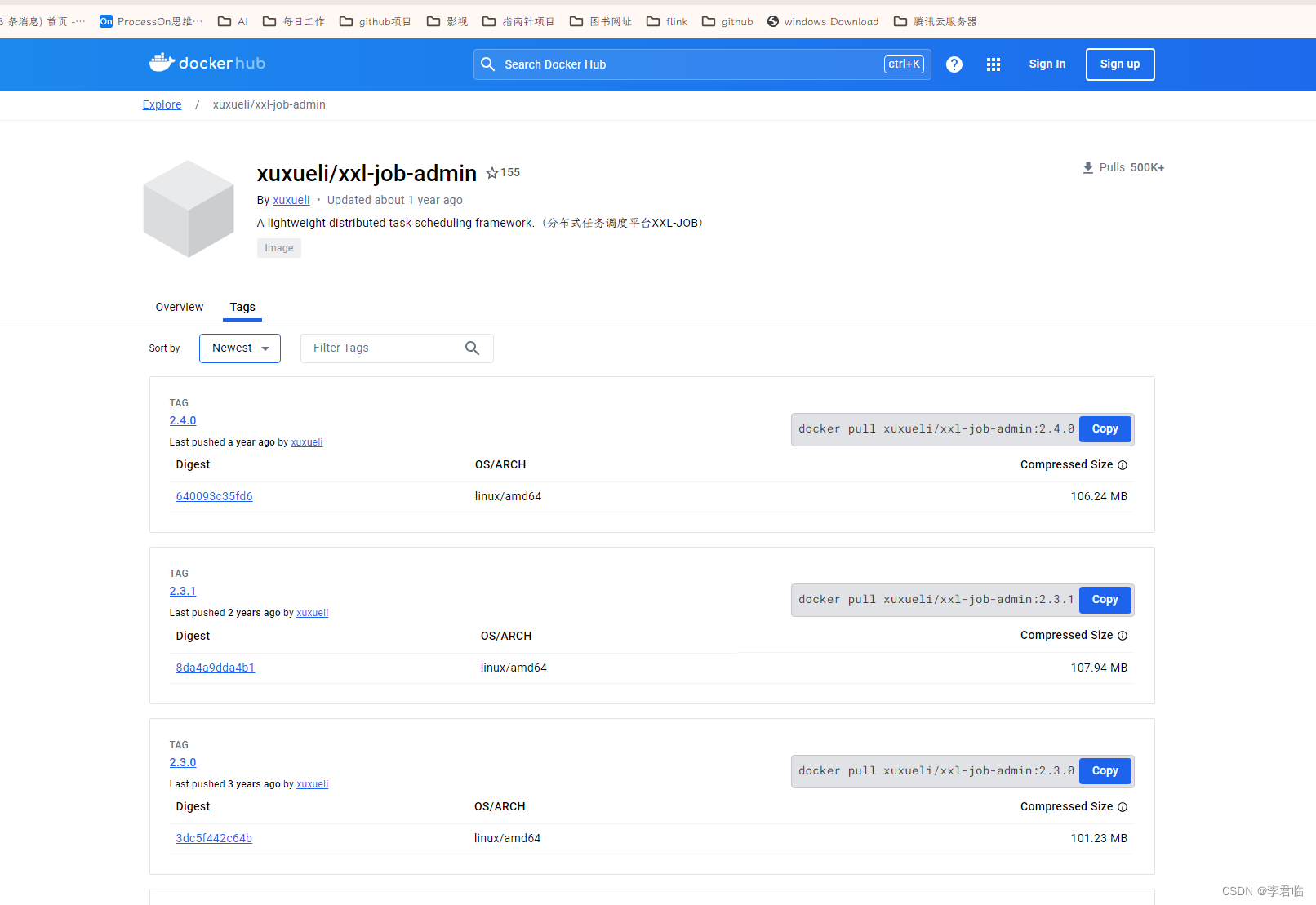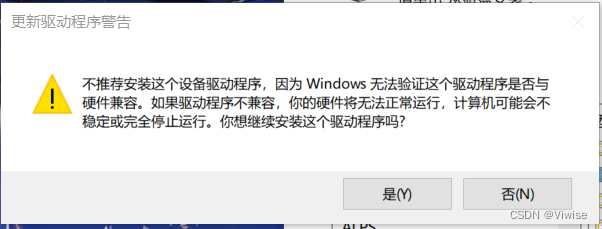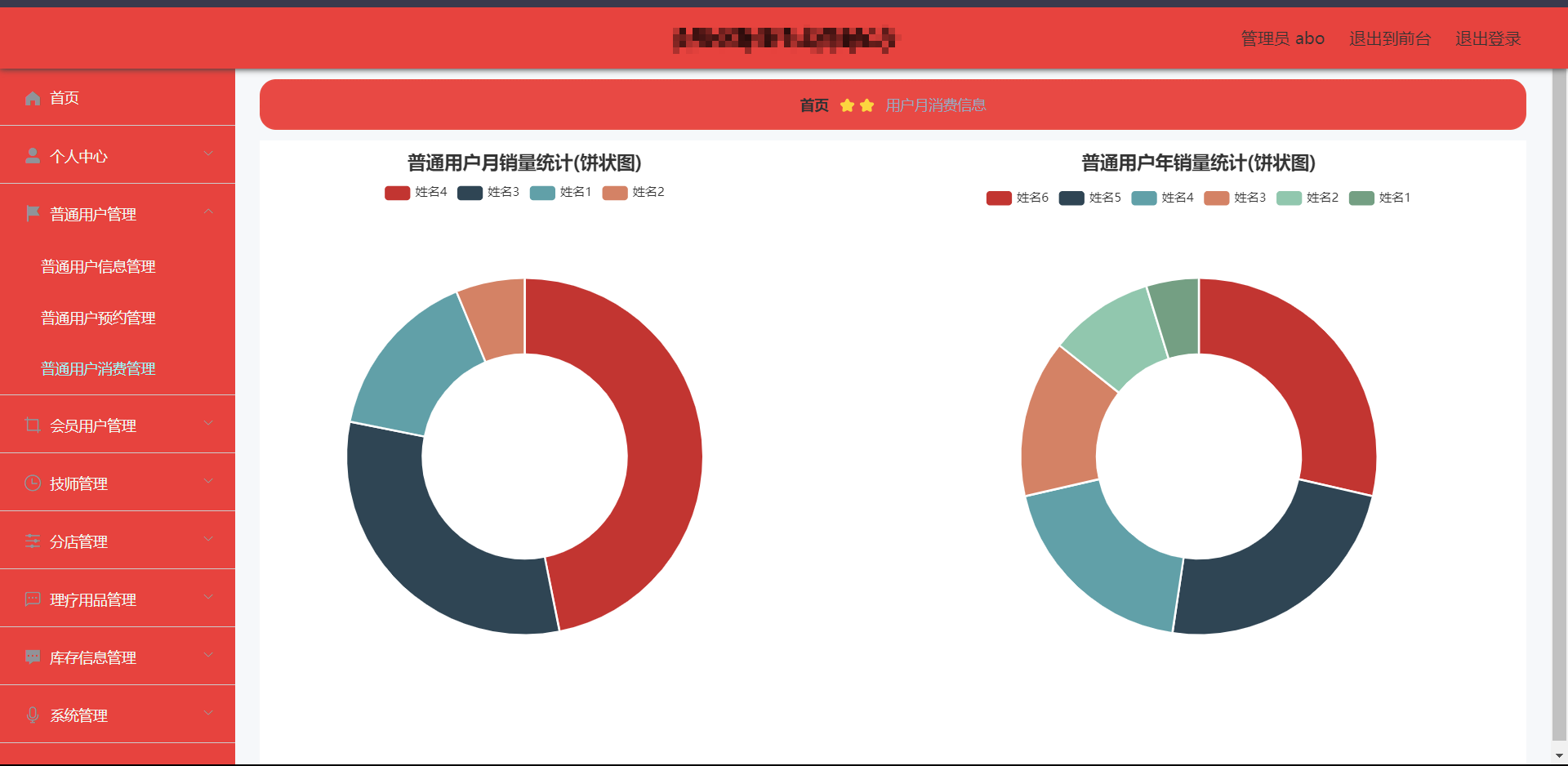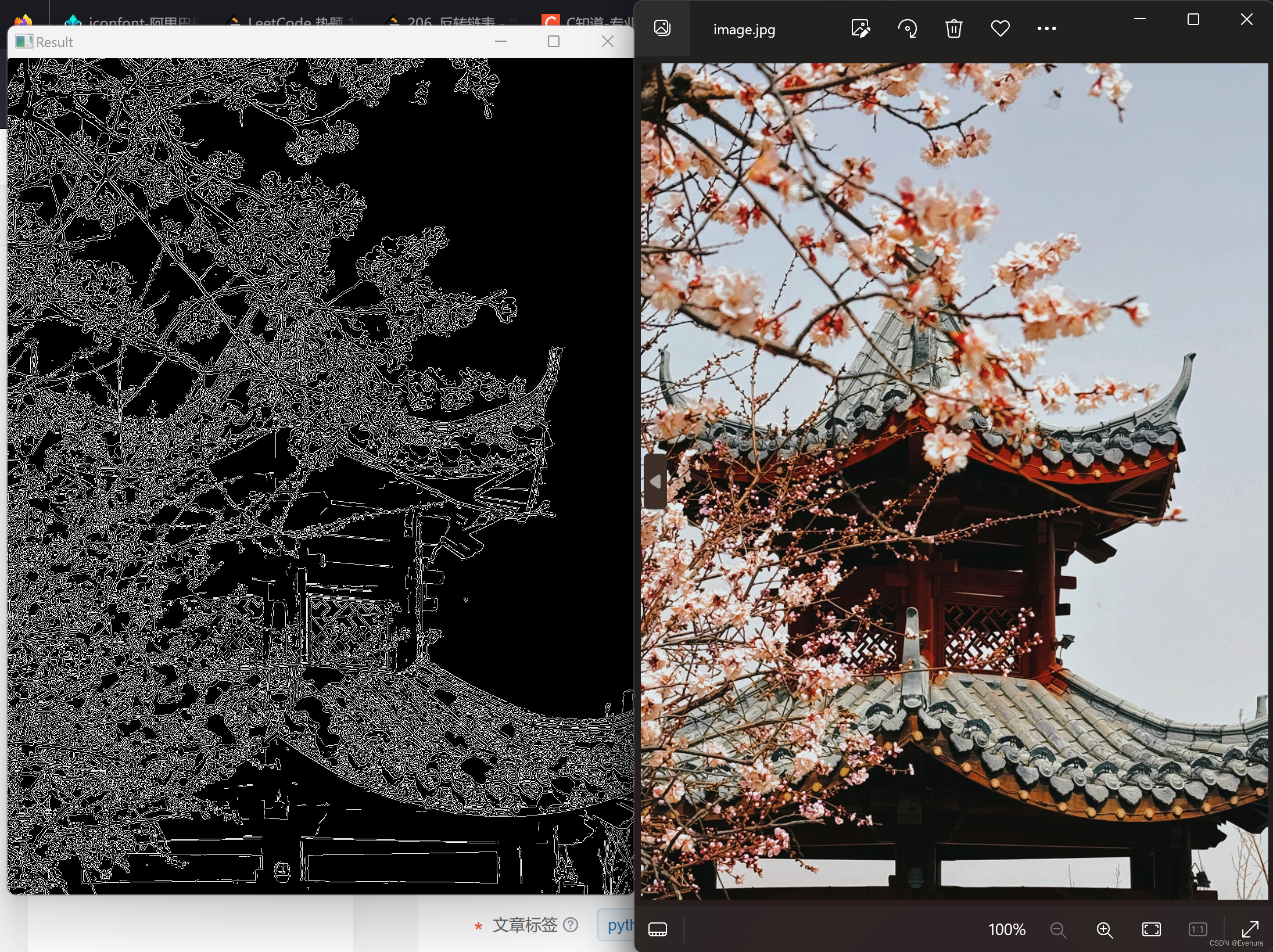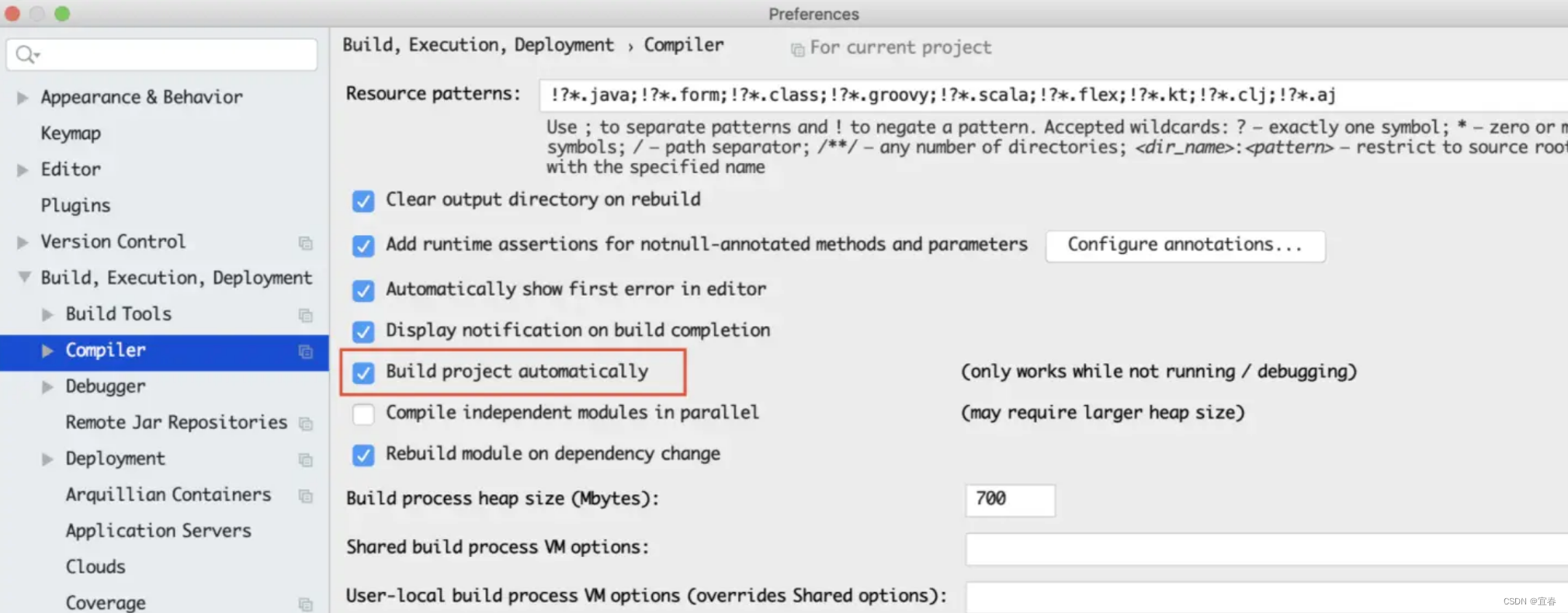原来是想做光标编辑器,自己把绘图板的内容导出为光标格式
鼠标指针文件格式解析——Windows(一) (qq.com)
代码来源自
Icons | Microsoft Learn
鄙人又补充些变量可以运行微软的代码

简单代码如下
#include <stdio.h>
#include <windows.h>
//掩码图,其中有XOR是用一个bit 0表示黑,1表示白,即一个字节对应八个像素
typedef struct
{
BITMAPINFOHEADER icHeader; // DIB header
RGBQUAD icColors[1]; // Color table
BYTE icXOR[1]; // DIB bits for XOR mask
BYTE icAND[1]; // DIB bits for AND mask
} ICONIMAGE, *LPICONIMAGE;
// 一个ICON 文件有多个图片,是因为不同机器上识别不同格式图片,这里是紧随ICON文件头之后的图片信息结构体
typedef struct
{
BYTE bWidth; // Width, in pixels, of the image
BYTE bHeight; // Height, in pixels, of the image
BYTE bColorCount; // Number of colors in image (0 if >=8bpp)
BYTE bReserved; // Reserved ( must be 0)
WORD wPlanes; // Color Planes
WORD wBitCount; // Bits per pixel
DWORD dwBytesInRes; // How many bytes in this resource?
DWORD dwImageOffset; // Where in the file is this image?
} ICONDIRENTRY, *LPICONDIRENTRY;
// ICON 文件头
typedef struct
{
WORD idReserved; // Reserved (must be 0)
WORD idType; // Resource Type (1 for icons)
WORD idCount; // How many images?
ICONDIRENTRY idEntries[1]; // An entry for each image (idCount of 'em)
} ICONDIR, *LPICONDIR;
void showIcon(LPICONDIR pIconDir,LPICONDIRENTRY pIconDirEntry,LPICONIMAGE lpIconImage){
printf("%0x\n",pIconDir->idReserved);
printf("%0x\n",pIconDir->idType);
printf("%0x\n",pIconDir->idCount);
printf("pIconDir\n");
printf("%0x\n",pIconDirEntry->bHeight);
printf("%0x\n",pIconDirEntry->bWidth);
printf("%0x\n",pIconDirEntry->bColorCount);
printf("%0x\n",pIconDirEntry->bReserved);
printf("%0x\n",pIconDirEntry->wPlanes);
printf("%0x\n",pIconDirEntry->wBitCount);
printf("%ld\n",pIconDirEntry->dwBytesInRes);
printf("%ld\n",pIconDirEntry->dwImageOffset);
}
int main()
{
LPICONDIR pIconDir; // 用于记录一个完整的ICON 数据头
// https://blog.csdn.net/jeanphorn/article/details/44982273
HANDLE hFile= CreateFile("1.ico",GENERIC_READ,
FILE_SHARE_READ,
NULL,
OPEN_EXISTING, //打开已存在的文件
FILE_ATTRIBUTE_NORMAL,
NULL);
DWORD dwBytesRead; // 要读取的字节数,DROWD 就是 unsigned _long32 ctrl+鼠标左键可查
// We need an ICONDIR to hold the data
pIconDir = (LPICONDIR)malloc( sizeof( ICONDIR ) );
// Read the Reserved word
dwBytesRead=1;
ReadFile( hFile, &(pIconDir->idReserved), sizeof( WORD ), &dwBytesRead, NULL );
// Read the Type word - make sure it is 1 for icons
dwBytesRead=1;
ReadFile( hFile, &(pIconDir->idType), sizeof( WORD ), &dwBytesRead, NULL );
// Read the count - how many images in this file?
dwBytesRead=1; // deByteRead=1 是指读的 1个 WORD ,就是读取一个字,这里对应读取两个字节因为unsigned short是两个字节
ReadFile( hFile, &(pIconDir->idCount), sizeof( WORD ), &dwBytesRead, NULL );
// Reallocate IconDir so that idEntries has enough room for idCount elements
pIconDir = (LPICONDIR)realloc( pIconDir, ( sizeof( WORD ) * 3 ) +
( sizeof( ICONDIRENTRY ) * pIconDir->idCount ) );
// Read the ICONDIRENTRY elements
ReadFile( hFile, pIconDir->idEntries, pIconDir->idCount * sizeof(ICONDIRENTRY),
&dwBytesRead, NULL );
// Loop through and read in each image
int i;
LPICONIMAGE pIconImage;
for(i=0; i<pIconDir->idCount; i++)
{
// Allocate memory to hold the image
pIconImage =(LPICONIMAGE) malloc( pIconDir->idEntries[i].dwBytesInRes );
// Seek to the location in the file that has the image
SetFilePointer( hFile, pIconDir->idEntries[i].dwImageOffset,
NULL, FILE_BEGIN );
// Read the image data
ReadFile( hFile, pIconImage, pIconDir->idEntries[i].dwBytesInRes,
&dwBytesRead, NULL );
// Here, pIconImage is an ICONIMAGE structure. Party on it :)
//显示读取的数据信息
showIcon(pIconDir,&pIconDir->idEntries[i],pIconImage);
// Then, free the associated memory
free( pIconImage );
}
// Clean up the ICONDIR memory
free( pIconDir );
}
